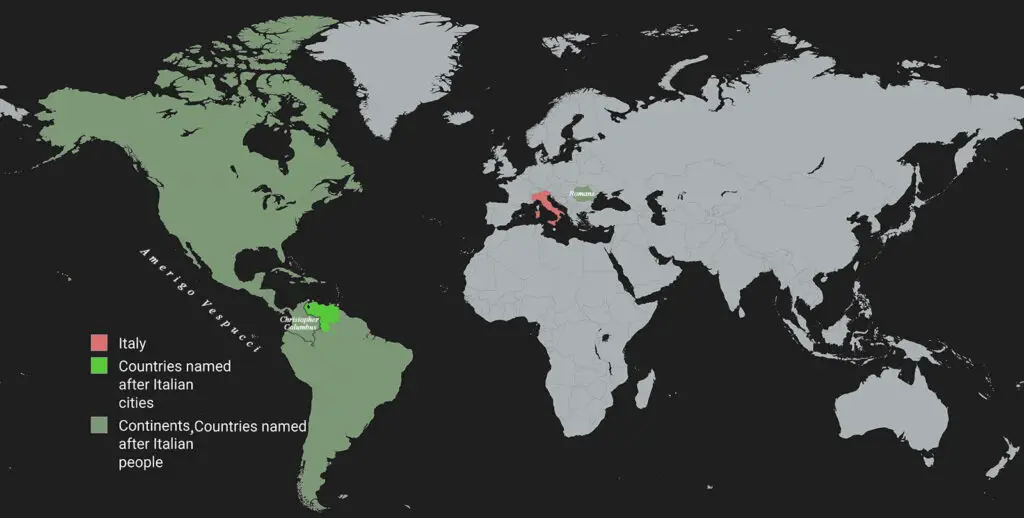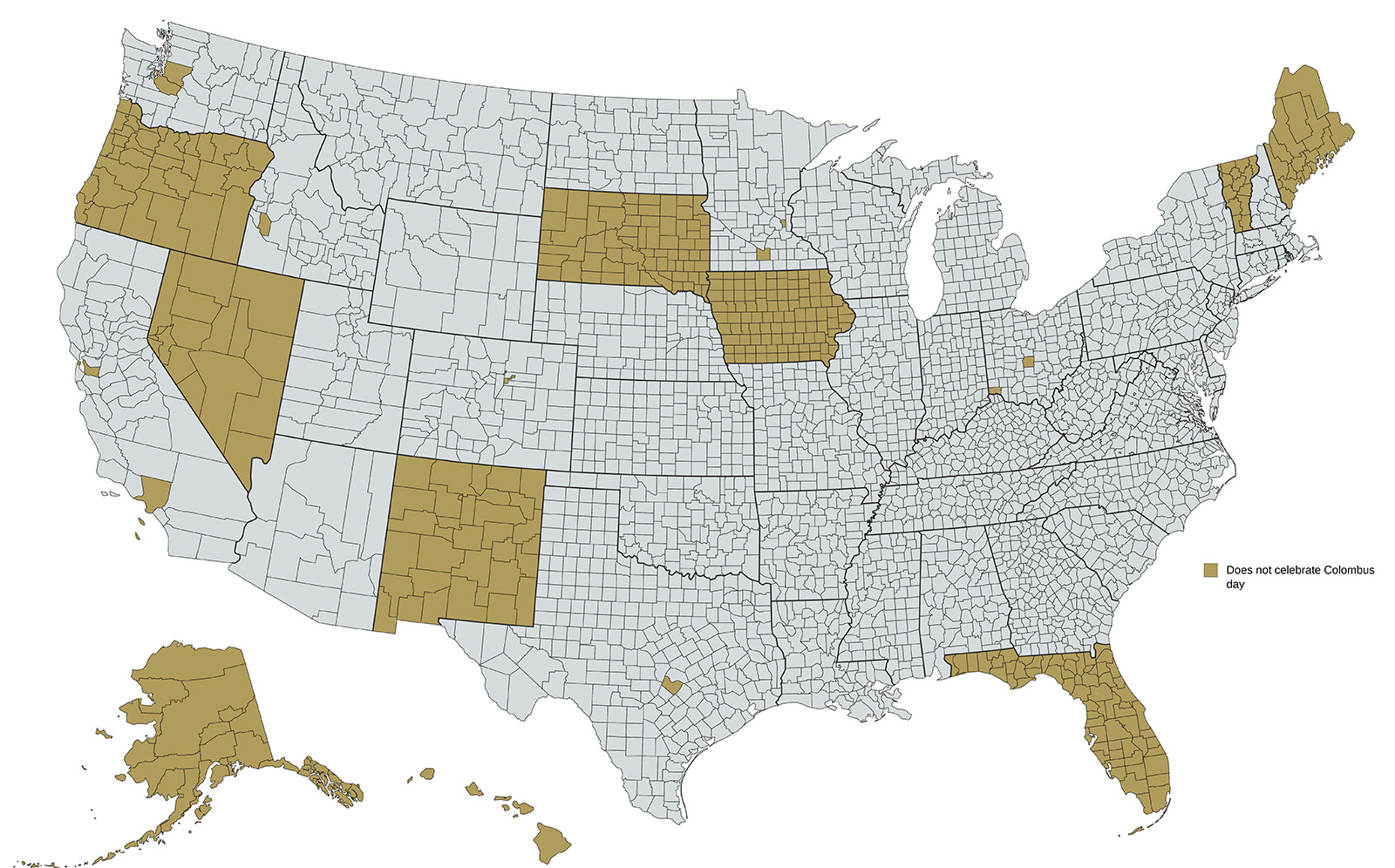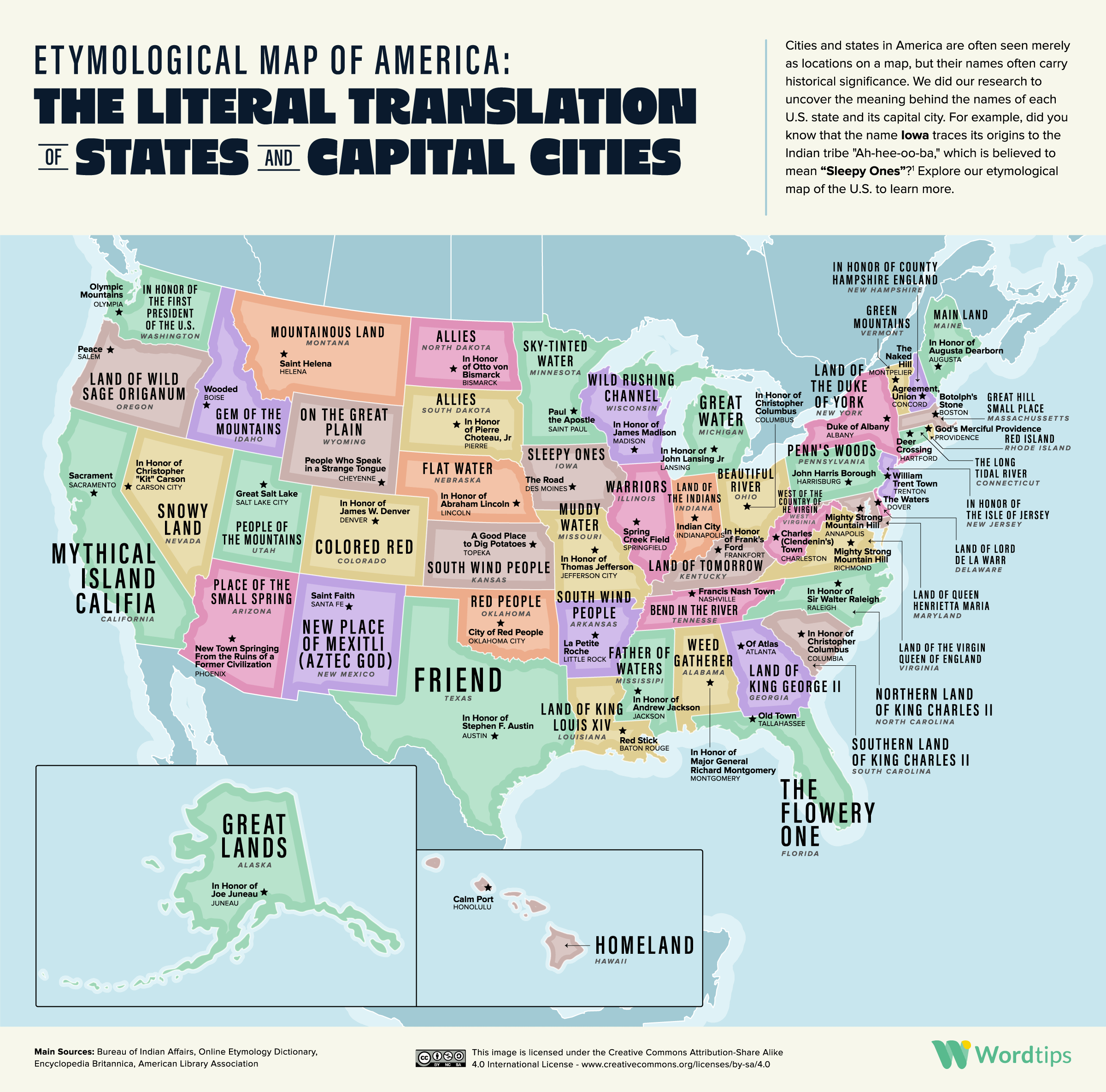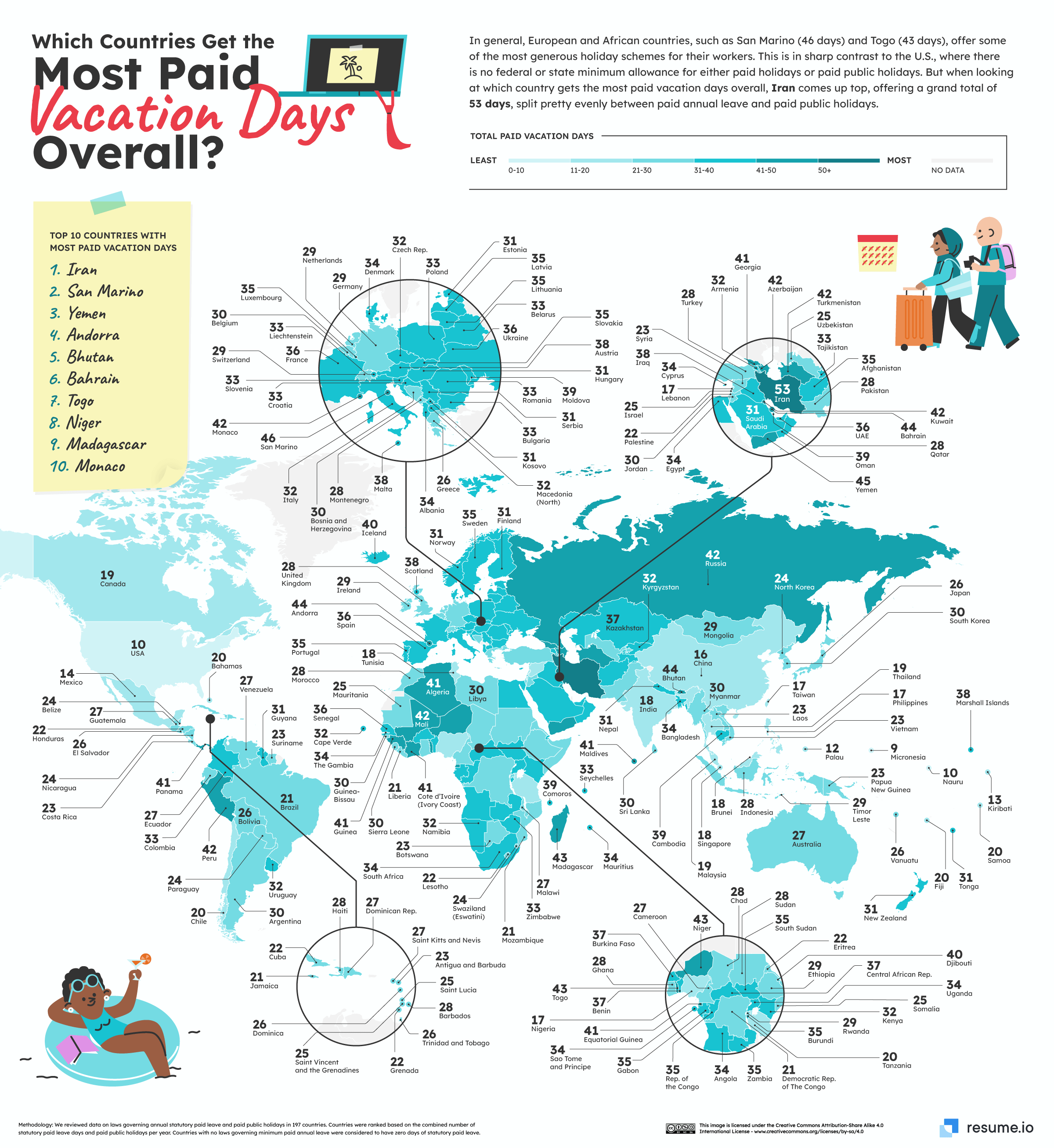Nearly 30% of the World’s Landmass Is Named After Italian People
Did you know that nearly 30% of the world’s landmass is named after Italian people or cities? The world map below illustrates this remarkable influence, highlighting Italy in red, countries named after Italian cities in bright green, and continents and countries named after Italian people in green. It’s a striking testament to the legacy of Italian explorers, rulers, and cultural connections across history.

Continents and Countries Named After Italians
The Americas owe their name to the Italian explorer Amerigo Vespucci. Unlike Christopher Columbus, Vespucci recognized the lands discovered were part of a new continent, not Asia. German cartographer Martin Waldseemüller honored Vespucci’s contributions by labeling the land “America” in his 1507 world map.
Colombia also bears the legacy of an Italian explorer—Christopher Columbus. Although Columbus never set foot in modern Colombia, the country was named in his honor, symbolizing his role in connecting the Old and New Worlds.
Even Romania’s name has Italian roots. Derived from the Latin “Romanus” (citizen of Rome), it reflects the country’s historical ties to the Roman Empire, emphasizing Italy’s ancient influence.
Italian Cities and Their Global Namesakes
The legacy of Italian influence extends to countries like Venezuela, whose name derives from Venice (“Venezia” in Italian). When Spanish explorers Alonso de Ojeda and Amerigo Vespucci saw stilted houses built by indigenous people along Lake Maracaibo, they nicknamed the area “Venezuela,” or “Little Venice.” This comparison highlights the explorers’ cultural lens and Italy’s strong maritime reputation.
Final Thoughts
Italian names became global landmarks due to Italy’s role as a cultural and exploratory hub. The Age of Exploration saw Italian navigators playing key roles in mapping new territories, while Roman heritage left an indelible mark on language, law, and governance worldwide. Italian city-states’ prominence in trade and maritime ventures further cemented this legacy.
Maps like this one spark curiosity and remind us of history’s interconnected nature. If you’re inspired to learn more, consider exploring a collection of world map posters available on Amazon. These beautifully crafted maps make excellent conversation starters and educational tools (links lead to Amazon).
- Antique Waldseemuller World Map 1507
- World Map (Antique) Art Poster
- 17th Century Antique Vintage Canvas Art Map Poster
- 1708 Jean Baptiste Nolin Antique Style World Map
What are your thoughts on the legacy of Italian influence on the world map? Share your ideas in the comments below—we’d love to hear from you!








